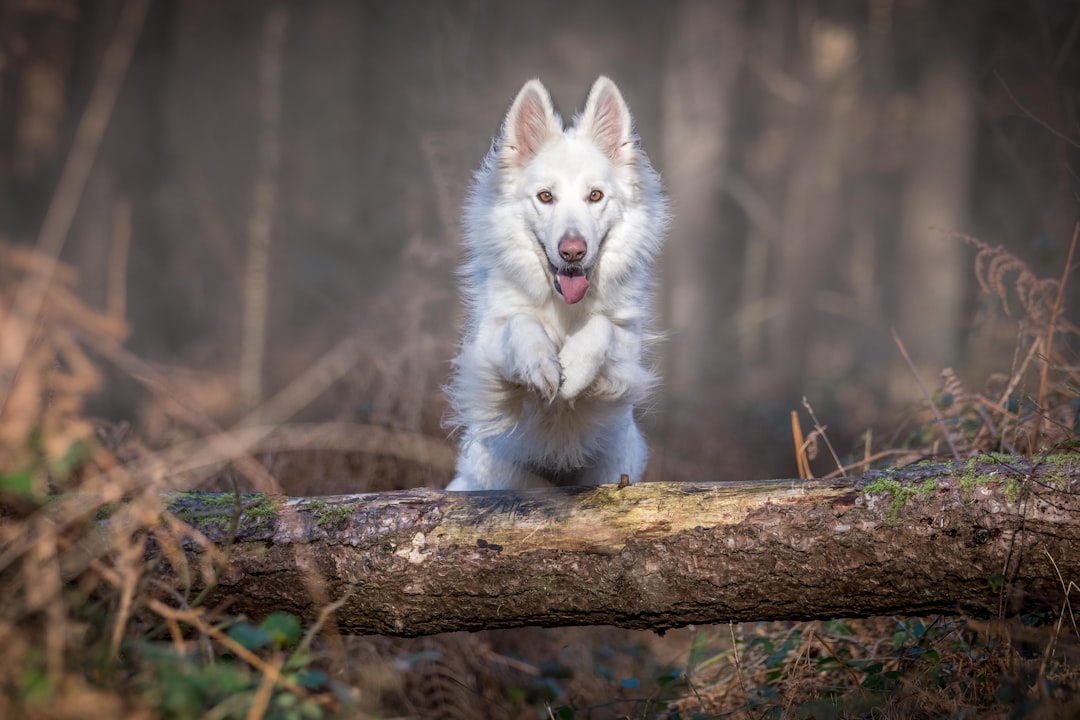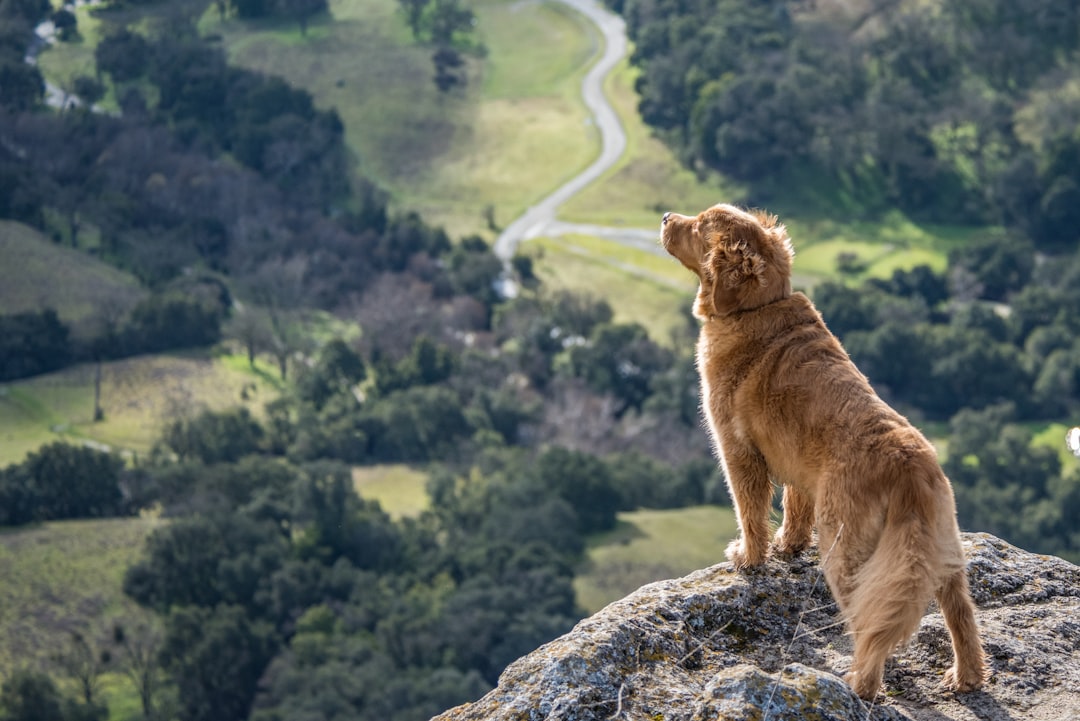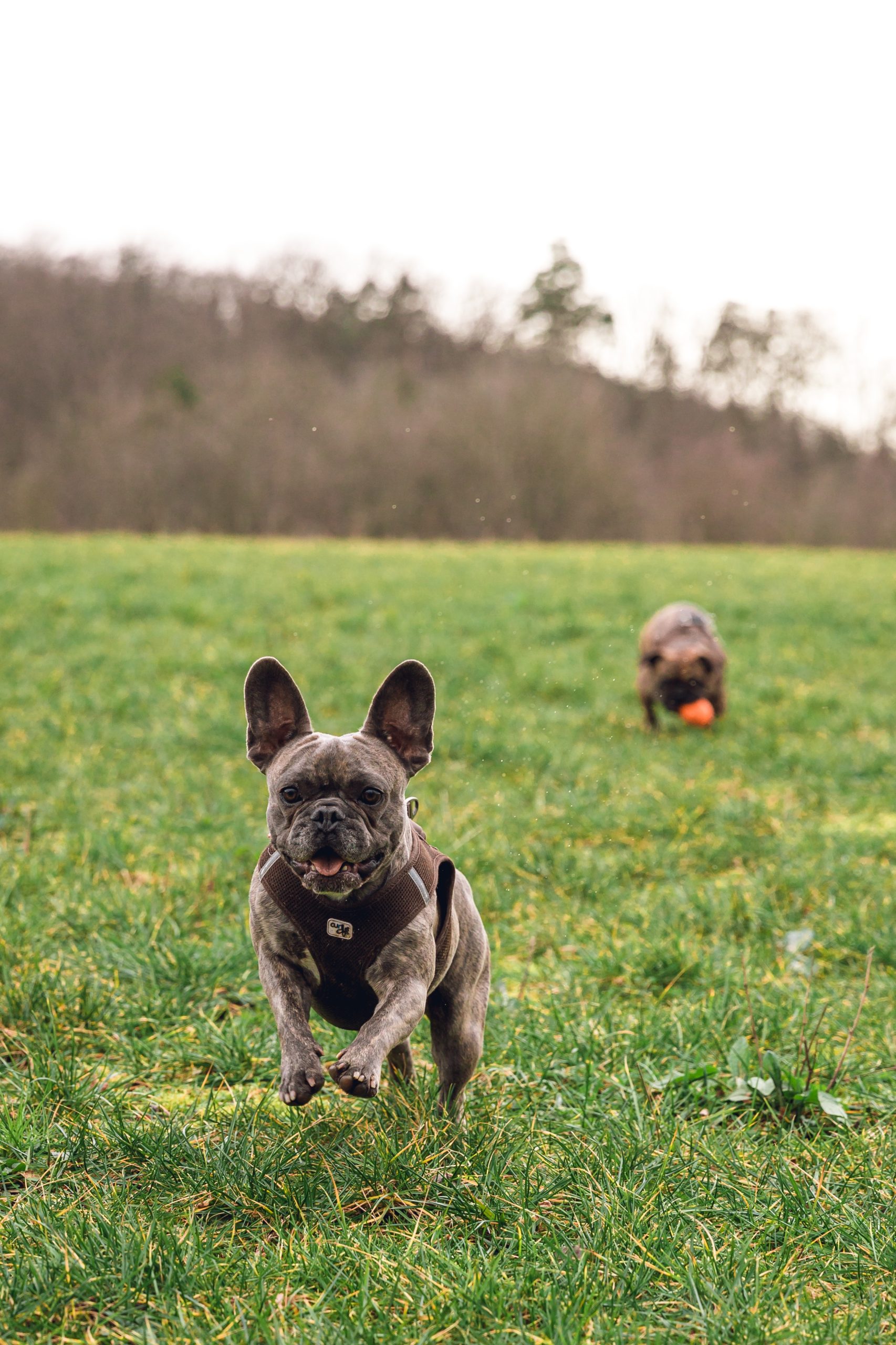Effective Techniques to Stop Your Dog from Jumping
This article provides practical tips and techniques for preventing dog jumping behavior, including eliminating rewards, teaching alternative behaviors, using the Four on the Floor rule, managing the dogs behavior, extending training to different situations, and the importance of implementing these techniques effectively.
Understanding Dog Jumping Behavior
Dogs often repeat behaviors that earn them rewards, and jumping up to greet people is a natural behavior for them. While this behavior may be a friendly gesture from the dog’s perspective, it can be both annoying and potentially dangerous for humans. Understanding the natural greeting behavior of dogs and the reasons behind it is crucial in addressing and preventing this behavior effectively.
One reason dogs engage in jumping behavior is to seek attention or affection from their owners or other people. This behavior is often reinforced inadvertently when a dog is greeted with excitement or petting upon jumping. Additionally, dogs may jump to initiate play or to investigate interesting scents or objects at human eye level. This natural behavior is rooted in their instincts and social interactions within their pack or family unit.
It’s also essential to recognize that some dogs may jump due to anxiety or overstimulation. For example, a dog may jump when they feel overwhelmed by a new environment or when encountering unfamiliar people or animals. Understanding these underlying reasons for jumping behavior can guide the training and management strategies to effectively address and prevent this behavior in dogs. [3]
 Eliminating Rewards and Teaching Alternative Behaviors
Eliminating Rewards and Teaching Alternative Behaviors
When it comes to preventing dogs from jumping, it’s crucial to understand that they repeat behaviors that earn them rewards, including jumping up for attention. This natural greeting behavior of dogs can be both annoying and dangerous for humans, which is why it’s important to eliminate the rewards associated with jumping and teach them an alternative greeting behavior.
For instance, one effective technique is to train the dog to keep all four paws on the floor during greetings. This can be accomplished by placing treats on the floor before the person approaches. As the dog focuses on the treats, they learn to keep their feet grounded, thus replacing the jumping behavior with a more appropriate way of greeting. Additionally, teaching the dog to sit for greetings is another valuable approach. By rewarding the dog with attention and treats when they remain seated and calmly withdrawing attention if they stand up, the dog begins to associate sitting with positive reinforcement, thereby discouraging the jumping behavior. These methods not only help in preventing jumping but also set the stage for a more controlled and polite greeting behavior from the dog.
“Four on the Floor” Rule and Mutually Exclusive Behavior
Implementing the “Four on the Floor” rule can play a crucial role in preventing dogs from jumping on people. This technique involves removing the emotional component from exciting events and ignoring the dog until it behaves calmly, with all four paws on the ground. For example, when a dog gets overly excited when the owner comes home, instead of engaging with the dog immediately, they can wait for the dog to calm down and have all its paws on the floor before giving it attention. This helps the dog understand that jumping will not earn it any rewards, thereby discouraging the behavior.
Another effective strategy is to train a mutually exclusive behavior, such as asking the dog to sit. By teaching the dog to sit, it provides an alternative behavior to jumping, and the dog learns that sitting is what earns it attention and rewards, not jumping. For instance, during greetings, if the dog starts to jump, the owner can use the command ‘sit’ and reward the dog with treats and attention once it complies. This not only prevents jumping but also reinforces the desired behavior of staying calm and seated during greetings.
Moreover, training strangers to ask the dog to sit before petting can contribute to consistent reinforcement of the behavior. When guests or unfamiliar individuals ask the dog to sit before petting, it establishes a standard greeting protocol, reducing the likelihood of the dog jumping on people. This approach ensures that the dog receives consistent messages about appropriate behavior during interactions with various individuals, reinforcing the training efforts and preventing confusion for the dog.
Managing Dog’s Behavior to Prevent Jumping
Managing a dog’s behavior to prevent jumping is crucial in ensuring successful training. One effective way to manage a dog’s behavior is by using cues like “go to your place” or setting up a baby gate at the entrance to prevent the dog from rushing to greet guests. For example, when guests arrive, instructing the dog to go to their designated place or using a baby gate to create a physical barrier can help in controlling the dog’s impulse to jump.
In addition to using cues and physical barriers, keeping toys and treats at the front door can also play a significant role in managing a dog’s behavior to prevent jumping. For instance, when the doorbell rings and the dog becomes excited, redirecting their attention to toys or treats can help shift their focus from jumping to a more appropriate behavior, such as staying calm and greeting the guests politely. This method not only distracts the dog but also reinforces positive behavior by rewarding them for appropriate greetings, thereby contributing to the prevention of jumping behavior.
Extending Training to Different Situations
Extending training to different situations is essential to ensure that your dog’s jumping behavior is consistently addressed. For instance, when walking your dog, it’s important to avoid having them greet strangers until they have mastered appropriate greetings with friends and family. This practice helps in reinforcing the training and preventing jumping behavior when encountering unfamiliar individuals.
Furthermore, effective communication of the training procedure to others is crucial. By informing guests and family members about the training techniques being implemented and requesting them to adhere to the rules when interacting with the dog, you create a consistent environment for your pet. This consistency reinforces the training and helps in preventing the dog from jumping on people, as everyone is on the same page regarding the expected behavior.
Conclusion
In summary, by understanding the reasons behind a dog’s jumping behavior, dog owners can effectively address and prevent this issue. Dogs often jump to seek attention or as a natural greeting behavior, but it’s important to eliminate the rewards associated with jumping and teach alternative behaviors to correct this habit.
For instance, teaching a dog to keep all four paws on the floor during greetings by placing treats on the floor before the person approaches can be an effective method. Additionally, training the dog to sit for greetings, rewarding them when they stay seated and withdrawing attention when they stand up, can also be a successful technique to discourage jumping behavior.
Consistent application of these practical training methods is crucial to achieving lasting results. By incorporating these techniques into daily interactions with the dog and ensuring that family members and guests are on the same page, dog owners can effectively prevent their dogs from jumping on people and create a more harmonious environment for everyone involved.



